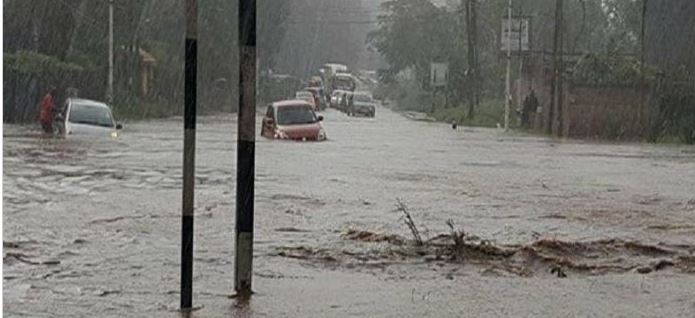The World Meteorological Organisation (WMO), an arm of the United Nations, on Wednesday, May 3, warned that the high temperature experienced in Kenya and other African nations signals a return of El Nino.
Expert analysis by WMO revealed that the El Nino phenomenon is likely to start in May and intensify by July 2023, with a higher probability of the same increasing within the period of July and September 2023.
“The development of an El Niño will most likely lead to a new spike in global heating and increase the chance of breaking temperature records,” stated WMO Secretary-General Prof. Petteri Taalas.
“The world should prepare for the development of El Niño, which is often associated with increased heat, drought, or rainfall in different parts of the world. It might bring respite from the drought in the Horn of Africa and other related impacts but could also trigger more extreme weather and climate events. This highlights the need for the UN's early warnings for all initiatives to keep people safe,” Prof. Taalas explained.
According to WMO, 2016 was the warmest year on record due to a very powerful El Niño event.
The statement further cautioned that the rainfall may be experienced in the Horn of Africa countries including Kenya, Somalia and Ethiopia as well as other regions which are parts of southern South America, the southern United States, and central Asia.
El Niño can also cause severe droughts in Australia, Indonesia, and parts of southern Asia.
WMO Role Within UN
WMO updates usually help the UN, governments, and other stakeholders in the climate sector to prepare for the protection of lives and livelihoods.
A similar warning on El Nino by the WMO was issued on March 2, 2023.
Kenya had experienced the worst drought since the beginning of the year, which led to acute hunger cases in most parts of the country.
Pastoralists lost livestock due to the prolonged drought as well as farmers counted losses due to crop failure.
On Sunday, February 26, First Lady of the United States of America (FLOTUS) Jill Biden urged more Western countries to join in efforts to alleviate the effects of drought facing parts of Kenya.
Speaking after having a close-up experience with victims of hunger in Kajiado County, the US first lady described the drought as a humanitarian crisis.
At the onset of the long rains which the Kenya Meteorological Department (KMD) revealed would be depressed, the state advised farmers to plant drought-resistant crops that would thrive during that period.
Speaking to the media, KMD Assistant Director of Climate Services, Research and Development, Richard Muita advised farmers to consider hardy crops that do not need too much rain.
According to Muita, farmers were asked to settle for beans, cassava and vegetables.

